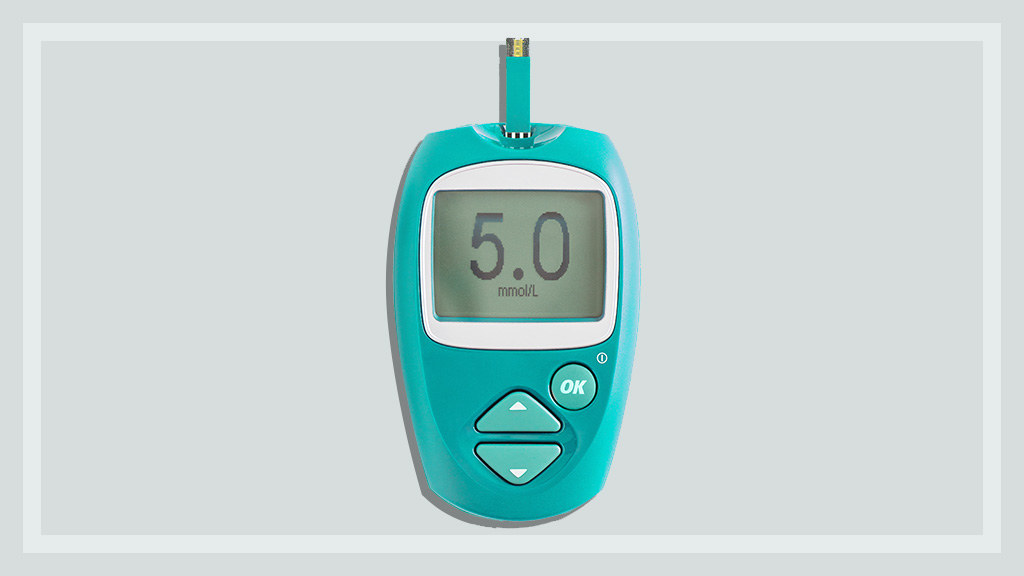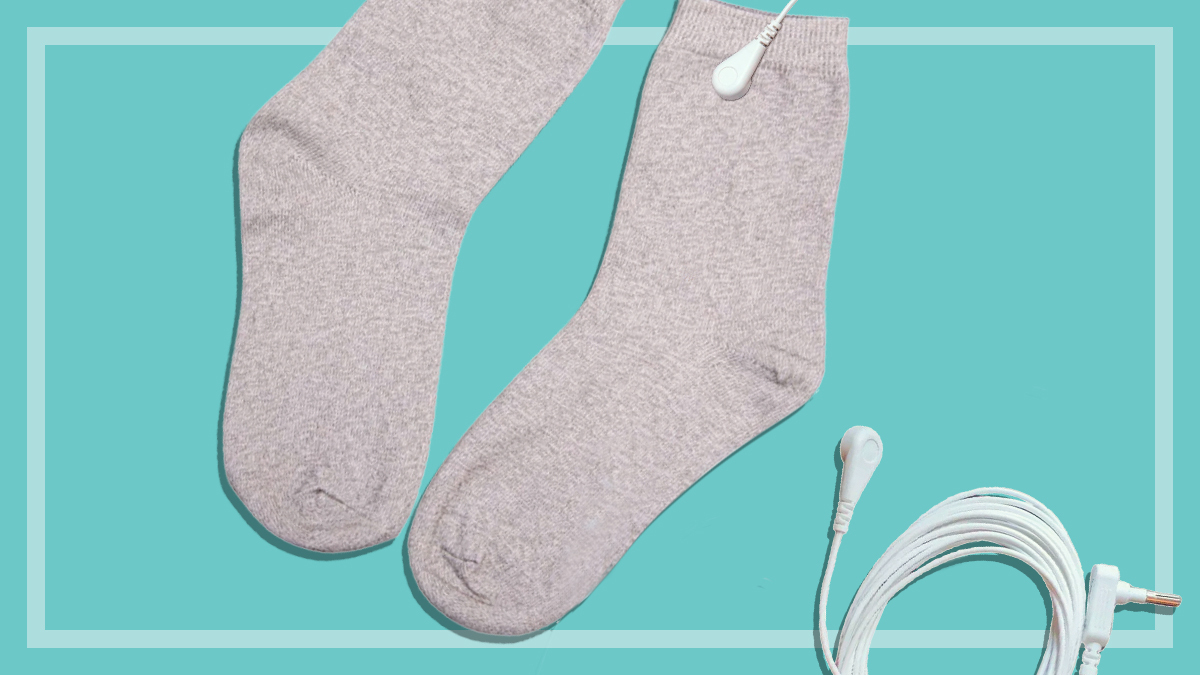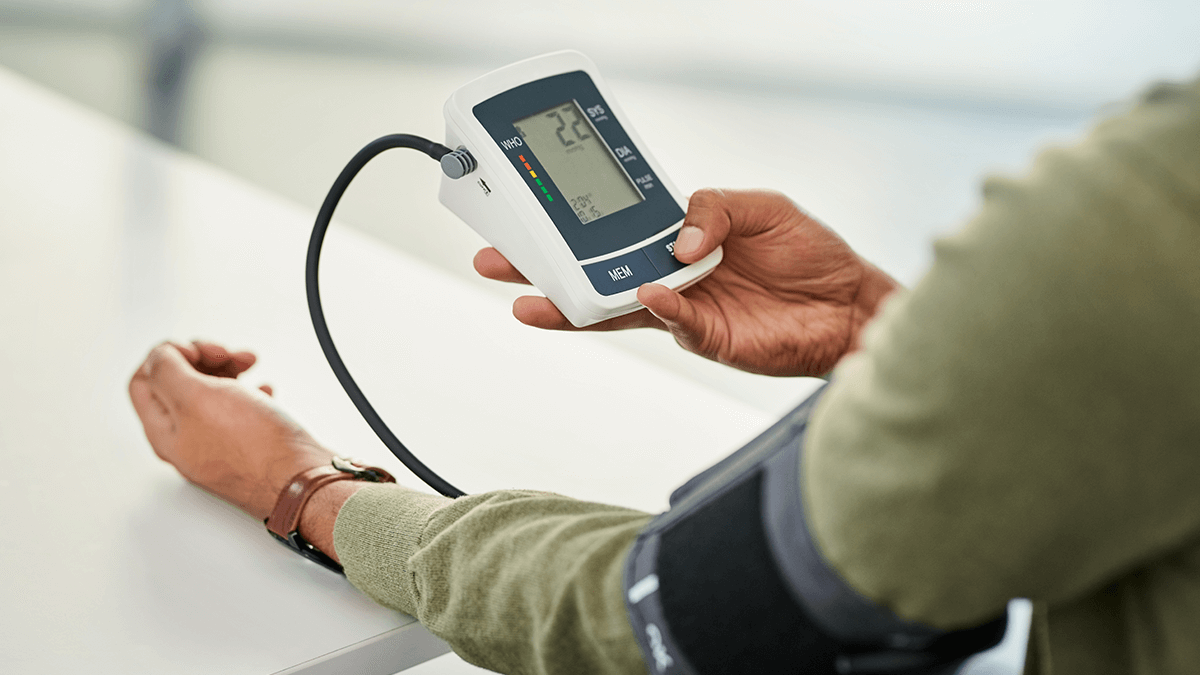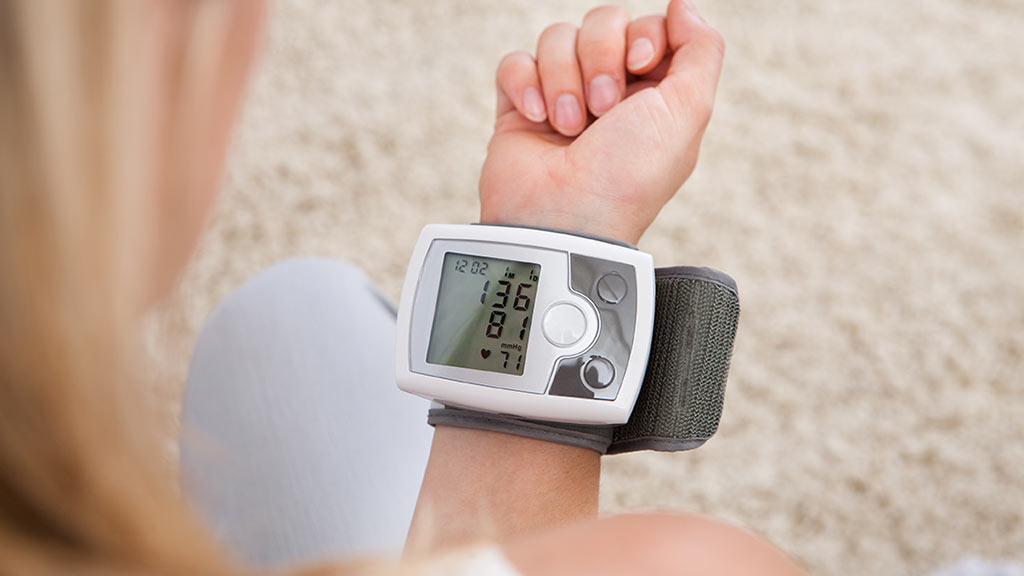Get our independent lab tests, expert reviews and honest advice.
How we test blood glucose meters

If you’re a person with diabetes, or if you need to monitor your blood glucose for other health reasons, you’ll understand the importance of having a reliable blood glucose meter on hand. These small devices play a big role in diabetes treatment and monitor your blood glucose levels to make sure they stay within specified ranges.
There are many blood glucose meters available offering different features and at different prices. We find out which blood glucose meters are easiest to use. We also attempt to test their accuracy – which has proven to be trickier than we initially expected.
Our testers
We test blood glucose meters in our test lab for ease of use and accuracy based on control solutions provided by the manufacturers. Our tester has previously assessed blood pressure monitors as well as personal products like electric toothbrushes and men’s shavers.
We also consulted with representatives from Diabetes Australia to find out what features are ideal to look for when choosing a blood glucose meter. You can read more in our buying guide.
How we choose what we test
With a range of products on the market, what makes us choose one blood glucose meter to test over another? As with most of our product testing our aim is to capture the majority of brands on the market and focus on what you’re most likely to see in stores.
We survey manufacturers to find out about their range of products and from this information we put together a final list that goes to our buyers. They then head out to the retailers and purchase each product, just as a normal consumer would. We do this so we can be sure the products are the same as any consumer would find them and not ‘tweaked’ in any way.
How we test
Accuracy
We’ve only recently started testing blood glucose meters, so we needed to come up with a robust test method that would deliver accurate results. This involved several attempts, as we wanted to make sure we got it right.
- As with our testing of blood pressure monitors, we aimed to get a reference machine to test the blood glucose meters against. However, a reference machine wasn’t available to us at the time of testing.
- Next, we aimed to have a glucose solution with a known reading and test how accurately the meters measured the known reading. An external laboratory formulated two known glucose solutions for us (one a low and the other a high solution). In theory, this sounded like a great way to test the meters but in practice it didn’t work. The meters were giving readings that weren’t consistent and we weren’t confident with these results.
- Our remaining option was to get the control solutions that are available from each manufacturer. These control solutions don’t give you a specific glucose level but rather a range that the reading should fall within. We tested the meters by checking if they produced readings that were within the manufacturer’s specified range. The meters received a pass/fail result for this test.
Ease of use
Blood glucose meters are quite simple to use and while there isn’t much separating them in our test, some are easier to use than others. We assess ease of use based on the three most important functions of a blood glucose meter:
- Ease of taking a reading
- Ease of viewing history
- Ease of flagging results
Test criteria explained
Overall score
The overall score is made up of the above ease of use aspects weighted equally.
The accuracy of the reading is a pass or fail result.
For more information about managing and monitoring diabetes visit Diabetes Australia.






